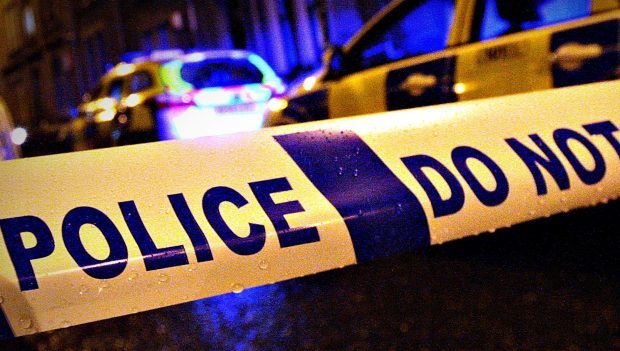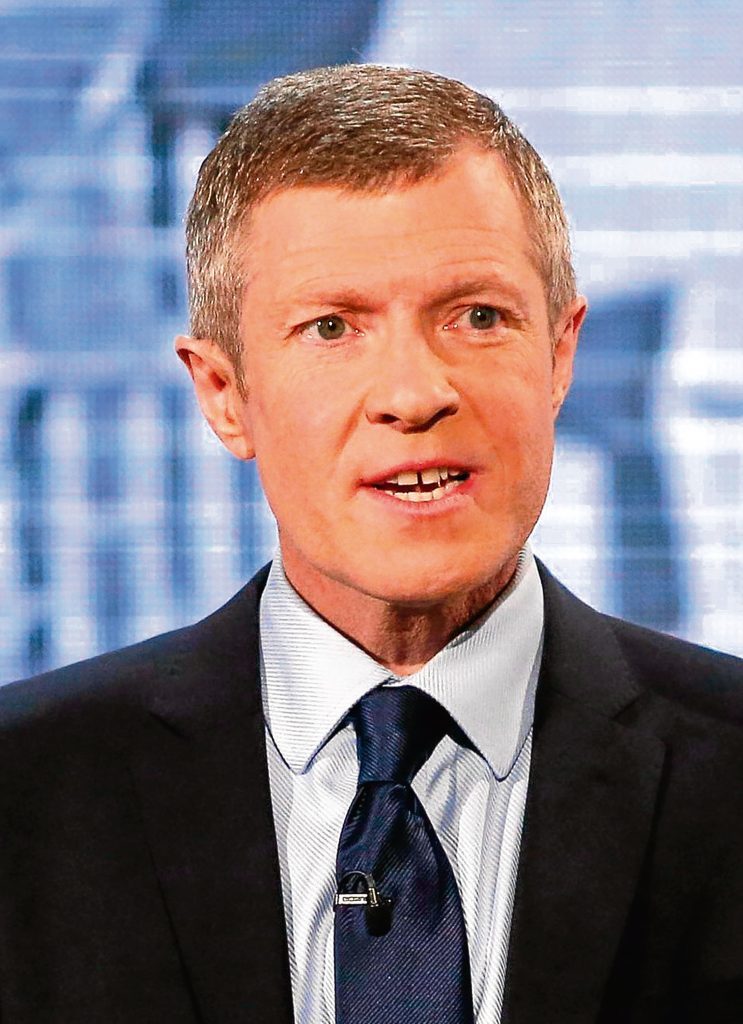The Scottish Government has been accused of massaging crime figures after it was revealed violence in Tayside and Fife is 12 times higher than officially recorded.
Common assaults are left out of official figures showing there were 883 violent crimes in the area in 2015/16 – despite such attacks often resulting in injury such as broken noses.
But when those less serious assaults are included the true violent attack total in Tayside and Fife soars to 10,239.
In Angus, there was a 5% drop in recorded violent crime on the previous year, according to the Scottish Government’s statistical release. But that translates into a 2% rise when common assaults are included.
There were officially just seven more violent offences committed in 2015/16 in Dundee than the previous year, but after the lesser assaults are counted there were 1,012 more offences. Dundee ranks second worst in the country for all violent crime, behind Glasgow.
Perth & Kinross is the only area in Courier Country to see a fall in violent crime after common assaults are included. Fife’s total increased by the highest in the area – 8%.
Violent crime as recorded by the Scottish Government includes killings, attempted murder, serious assault and robbery. While those are recorded as crimes, less serious common assaults are marked as offences.
Across the country, more than half of the excluded common assaults resulted in injury.
Scottish Liberal Democrat leader and North East Fife MSP Willie Rennie said: “People might be surprised to learn that repeated punching or breaking someone’s nose aren’t necessarily categorised by the Scottish Government as crimes of violence.
“Ministers could review the way in which these crimes are recorded. This would help maintain the public’s confidence in their statistics and ensure reporting practices are appropriate.”
A Scottish Government spokeswoman said that all assaults are recorded by police and published by independent statisticians.
“The distinction between ‘crimes’ and ‘offences’ has applied to Scotland’s crime statistics under all previous administrations, since the 1920s,” she said. “How an offence is classed has no bearing on how it will be investigated and prosecuted.” She added violent crimes against adults is down 41% since 2008/09.
A Police Scotland spokeswoman said crimes of violence are a “priority”.
“We remain committed to working towards positively impacting on levels of violence and maintain a rigorous approach to preventing and detecting all crime, while fully supporting victims,” she added.

